I’ve had this topic sitting in the background for quite a while now, waiting for me to sit down and put the thoughts into a more coherent narrative. I’m not saying that I succeeded, and it’s likely that further development of it will show up later on. Regardless, I wanted to bring up the idea that we’re, as a society (and maybe even as a species) pretty poorly guided towards what we should consider “important.”
Let’s get the overriding aspect out of the way first: very large portions of our lives, our cultures, our very fabric of society, revolve around the idea that the measure of our success and value is defined solely by money. Well, not entirely money, but closely enough that trying to deny it is simply splitting hairs. It reflects in what we purchase, from trivial items to the major expenditures like cars and houses, and especially how concerned we are about the reaction of others to our purchases. We don’t even like wearing old clothes in public, because we think this indicates how little money we actually have or, horror of horrors, we might be considered destitute, unemployed, or even homeless. And we all know how worthless those people are.
While I definitely want to avoid overstating the case, or painting everyone with the same brush, it’s impossible to know how few people have, for instance, reached a certain level of income and decided that this was “enough,” forgoing advancement and raises and so on, or taking all income above a certain comfort level and donating it to worthy causes. It certainly doesn’t seem like many people, does it? Is there anyone that you know that would deny an increase in income?
Now, let’s be realistic: we are driven not as much by our needs as by our wants, and soapbox lecturer that I am (by even making this post,) I’m no different myself. We are acutely conscious of our discomforts, to say nothing whatsoever of the fear of not having enough money to live on – even when that’s a remarkably low amount. In all honestly, meeting our bare needs isn’t particularly hard, but we’re all driven to have more than some basic protein in our meals, more than a heated shack to live within. Don’t let me give the impression that there’s anything wrong with this, and viewing it from the standpoint of an evolved species, the individual that has better resources is more likely to propagate the species: better food, better protection, better health care, et cetera, all spell a better chance of survival. This is true among so many species on this planet that we can’t conscionably separate ourselves with special rules. This is, in fact, where the drive comes from, in all likelihood anyway. The genes that fostered more emphasis on resource attainment were more likely to pass along.
But we have to be careful judging things from what evolution has produced. Up until the last one or two percent of our history, throughout countless species, resources were a hotly contested commodity; it’s only very recently that our survival as humans became virtually guaranteed, and the idea that a local tribe could actually die out has almost entirely vanished. And this is largely due to the fact that we are not entirely competitive – the social instincts were (and are) actually pretty damn important too, and responsible for the cultures that we have now where we don’t have to farm our own food or practice our own medicine. And we can also thank our brains, and the ability to weigh the emotional desires against the practicalities and consequences to find better actions, overcoming simple instinct with rational thought; without a doubt, the most functional evolved trait that we possess. For a bit of perspective, we have sex drives too, and it goes without saying that they’re fundamentally important to our survival as a species – but indulging them in their ‘raw’ form is socially verboten. Shit, we even have trouble with mere nudity on TV…
Yet there’s still a lot of things that slip under the radar. Sports are 99% utterly pointless, contributing nothing beneficial to us while fostering inane tribalism, yet they remain multi-billion-dollar industries. Alcohol is the triumph of crass self-indulgence over rational consideration, still exuberantly championed as “the way to relax” despite the countless detriments that it carries, while the euphoric effects are sporadic and not terribly impressive; we’ve built a culture of justification around it in rampant denial of its extremely low value. And getting back to the subject of this post, capitalism has become disturbingly prominent in, not just US culture, but a large number of them across the globe.
Sure, money is the number one commodity, the ultimate resource – with it, you can get virtually anything that you need or want, at least from a survival standpoint. But only a moment’s thought reveals that, past a certain point, we’re really not talking about survival, or even indulging crass desires; can we say that a billionaire is somehow more “fit” than a mere millionaire, or even someone with no debt and a modest $75,000 annual income? How many bottles of Dom Perignon does one need to drink, anyway? Yet the practice of conspicuous consumption is rampant in our society among those that can actually indulge in such, as if it’s considered a requirement of being wealthy. Again, not everyone does this, and I don’t want to wantonly dismiss those that exhibit a little rational thought, but it’s still amazingly prevalent, isn’t it?
And as intimated above when talking about old clothes, if someone doesn’t have a certain level of income and/or assets, there is no shortage or people in our culture (and many others) who will consider them the dregs, the leeches, the unwanted, the losers, and so on. Being destitute is very frequently considered on a par with being a criminal, and there is no shortage of people who are quite certain they know how someone became homeless, for instance, without even having spoken to them. As for the idea of actually contributing a few bucks? “Hey, I earned my money – let them go out and work for it!” Yet the same people wouldn’t even dream of interviewing someone like that for any employment position…
Meanwhile, esteem is garnered, by a huge margin, by how much money someone makes, often in total disregard of how it was made. Actual criminal activities are still largely frowned upon, but the sports figure signing a multi-million-dollar contract? They’re somehow heroes to way too much of our population. We have a cultural concept of “the 1%” because it’s routine for large corporations to be raking the vast majority of their overall income into the payrolls of a select few chief executives, usually while most of their workers are not even making a living wage – and too often we find someone blaming the workers for this state of affairs, as if this is what we should all aspire to. Think it doesn’t happen often? Watch the typical reaction whenever the idea of raising minimum wage comes up, since this is usually considered the domain of the Walmart and McDonalds employee – why should they be able to pay for their own apartment? Meanwhile, those corporations are among the largest in the US, with a net worth that makes it clear they could easily afford to increase the payscales, without any commensurate raise in prices too – it would simply mean a lot fewer people pulling down salaries measured in the millions. How does someone actually earn a salary like that, I wonder? You’d think it would have to be some fucking amazing ideas that they come up with, but I can’t really find the evidence of it in those establishments. Or indeed, in any…
And it carries all the way through our cultures. People are often embarrassed to be driving a 10-year-old car, even when it runs fine; many have to trade in their cars every three years, perpetuating payments because they need to display something new in their driveways. And what can we say about cell phones? Granted, a lot of them are replaced because they’re fragile as hell and have a cracked screen from everyday possession, but just as many, perhaps more, are replaced because there’s something newer out there. A few years back, the battery on The Girlfriend’s phone wasn’t holding a charge and I went into the local provider’s store to get a new one. They literally gave me this blank, lost look: no one replaced batteries. I had to order it online.
I could go on, but you know how many examples are out there. And the most disturbing thing about it all is, this does absolutely nothing for us, as a culture, as a species, as anything. It is, bluntly, a raw urge to remain competitive enough to obtain a viable mate, not just carried over into the rest of our lives where it has no purpose at all, but adopted into our cultures and glorified to the point of huge detriment, with barely the slightest recognition.
It’s not hard to understand, for instance, seeking gratification of desires with some kind of substitute, a kind of mental masturbation; this is pretty much what sports do for our actively competitive instincts, the hunter or fighter within us. And naturally there’s the sex drive and, you know, non-mental masturbation. But it would probably be much better for us if the method of satisfying these desires had little to no negative impact, and especially didn’t dictate large aspects of our cultures over such a trivial instinct. It would also be better if it actually worked, rather than fostering an increasing anxiety over our personal standing and apparent worth. We like to believe that we’re rational, that we frequently override the survival impulses (that the ‘lesser animals’ are slaves to) with considered actions and the knowledge of consequences, but it seems we just as often find ways to justify following these impulses and believe that we’re rational, when all we’re doing is rationalizing.
There are so many ways in which our pursuits, our standards, our measures of esteem, could be beneficial to us all, contributing towards a better social structure if not actually the improvement of our standing as a species. We even have instincts toward those, and they’re responsible, as noted above, for a lot of what our culture is now; the very fact that we’re a social species allows us to even define ‘culture’ in the first place. We are not, and cannot actually be, individuals with complete independence from one another. Imagine, if you will, a landscape of farms and livestock pens strictly for personal use, each of us with our own smithies and looms and leech parlors.
And yet somehow we feel, all too often, that we are individuals when it comes to income and status and all that, in direct competition with everyone else around us. How unbelievably self-centered this idea is! And what can this possibly accomplish?
What if we, instead, concentrated on things that can actually improve our lives? What if, in lieu of pursuing a nonsense abstract of “status,” we aimed for things like contentment, fulfillment, and satisfaction just as a bare start, but perhaps even advancement and strengthening our standing just as human beings? You can easily see the two different approaches just in this question alone, so let’s examine these separately.
The personal aspect: I don’t mean for this to sound selfish, and its a form of selfishness that I’m decrying above. But all too often, when we’re in pursuit of this concept of status, we can spend our lives chasing an elusive and poorly-defined goal when we have achievable, tangible goals available. Sometimes, it’s this simple: do what you enjoy. Sure, it can be exceptionally hard to make a living with this, but the first thing to remember is, “making a living” all depends on what you choose as ‘standards,’ or a minimum or whatever. Maybe painting or writing isn’t going to net us a $500,000 home in an upscale neighborhood, and we believe that “it isn’t going to pay the bills.” And just expressing it that way makes the flaw seem obvious, doesn’t it? We just don’t actually express it that way to ourselves very often, if at all. Sometimes we simply need to ask ourselves, do I want this big house/new car, or do I want to create/express/whatever? Do I agree with working for this large corporation to support a lifestyle that’s expected of me, or would I rather be cooking new dishes, or teaching kids, or exploring new areas? There’s certainly a balance point – few of us can simply quit working and pursue what we most feel like doing, but at the same time, how many of us are going to look back on our lives and think that we accomplished something? If most of our time is spent doing something we don’t like or agree with in order to occasionally (or ‘sometime in the future’) engage in what we appreciate the most, is this really making sense? Why not now? And most especially, is caring what others might think really doing anything? Are we adopting the standards of others simply because that’s what everyone else does? If our culture is defined by what the majority of people do, but it’s gotten to be insipid or pointless or poorly directed, who’s going to change this by continuing it?
Which brings us to the less personal, more ‘social’ and humanistic aspect, sometimes considered to be almost the opposite; you know, the selfish desires weighed against the altruistic and ‘good of mankind’ goals. And it’s true: very often, if we feel that we would like to improve any aspect of society, it means forgetting about what we personally want and concentrating on others, often to the point of sacrifice. The biggest example is simply looking at the meals we eat compared against what others have available to them – that’s enough to stir instantaneous feeling of guilt. Yet that’s not my point, exactly. First off, there will always be unbalance, and there will always be a situation that we can compare ourselves against that can make us look selfish and entitled or whatever. And this can go both ways; we can always find someone who should feel much guiltier than we do, more excessive, more indulgent, and so on. The idea isn’t comparison; the idea is, what can we do that helps out, even a little? Hey, I don’t need this new phone, even if it’s pretty damn cool – maybe I’ll donate half the cost to a worthy cause. I have a habit of treating myself to dinner out every Friday – maybe I’ll skip one or two a month and put that towards disadvantaged kids. Weighing the positive against the negative in such situations is easy, and usually makes such decisions pretty straightforward – we just tend to avoid thinking like that.
Yet, we usually feel pretty good about making these efforts, because we’re a social species, and a certain level of guilt over self-indulgence is built into us, so to speak. And, of course, the more people who openly engage in such, the more the trend goes in society. Again, we’re not competing against members of our own species, and this is a phenomenally pointless way of thinking. We’re not even competing against other species – it’s not competition at all, despite the common belief that evolution and survival means something wins and something loses. True enough, Mother Nature is unyielding in this aspect – species, including us, can go extinct by not being adapted to the conditions, and if we develop a dependence on something that we’re using faster than it can be produced, we’re in deep shit. Which doesn’t say a lot for the brains that we think are so marvelous, especially when we refuse to take simple steps because they’re inconvenient. But more to the point, we can easily see how and where we can improve our cultures, our societies, our standing as a species on the whole – we just have to do them. Without making excuses, and without expecting someone else to do them, and without creating this false idea that we should be ‘better’ than someone else. What, exactly, should our criteria of ‘better’ be anyway?
There are a lot of measurable benefits to such a change in outlook and pursuits. A ridiculously large amount of people are in debt, and the anxiety that often accompanies this, simply from the warped idea of what they need to be doing – the house or car they need to be seen in, the possessions that will somehow drastically improve their lives. Yet there’s no such need at all. Trying to impress people with such shallow criteria of worth as the newness of our car is incredibly pointless, so just not worrying about what other people think is a simple yet highly effective method of releasing so much anxiety. But we can also seek esteem through more progressive and beneficial methods: helping others, concentrating on our kids’ values, trying to make change, however small, in some unfortunate aspect of our lives, or country, or world. Sometimes all that’s needed is a little spare time, and it does more for you than you might think. But even the ‘selfish’ aspect of doing something that we’ve always wanted to do, becoming accomplished at some skill or pursuit, is a lot better for our mental well-being than struggling to maintain the ‘capitalist dream.’
Listen, I’m not trying to be all preachy here, or instill guilt or change the world or any of that shit. I’m just trying to introduce a bit of perspective, in a society that has created its own peculiar outlook, one that really doesn’t contribute much (if anything) to us at all. Think about it, at least.
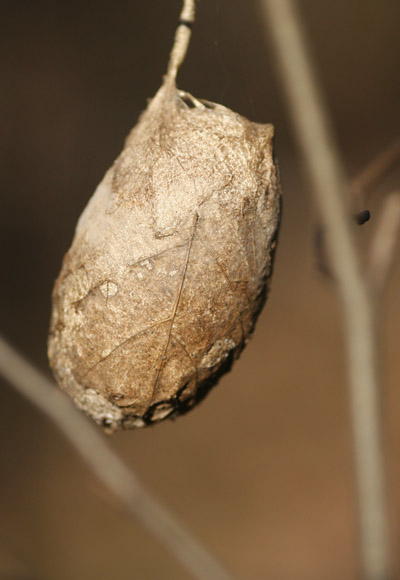 On the last photo outing a couple of weeks back, I didn’t get a whole lot of photos of interest, but did run across this large cocoon, approximately five centimeters in length and three in girth. Due to the appearance and size, I’m leaning towards this being the work of a polyphemus moth (Antheraea polyphemus,) but if questioned I will categorically deny any and all certainty. I could simply have collected it and kept an eye on it come springtime to see what hatched, but I tend to leave things where I find them unless I have a specific project or need in mind. If you’d like to see what an adult looks like, I have photos of one here, but I’m kind enough to warn you (it’s nearly christmas, after all, and I’m still hoping to get a Porsche) that they don’t show until after you scroll past a wickedly large and, uh, aesthetically-challenged spider.
On the last photo outing a couple of weeks back, I didn’t get a whole lot of photos of interest, but did run across this large cocoon, approximately five centimeters in length and three in girth. Due to the appearance and size, I’m leaning towards this being the work of a polyphemus moth (Antheraea polyphemus,) but if questioned I will categorically deny any and all certainty. I could simply have collected it and kept an eye on it come springtime to see what hatched, but I tend to leave things where I find them unless I have a specific project or need in mind. If you’d like to see what an adult looks like, I have photos of one here, but I’m kind enough to warn you (it’s nearly christmas, after all, and I’m still hoping to get a Porsche) that they don’t show until after you scroll past a wickedly large and, uh, aesthetically-challenged spider.
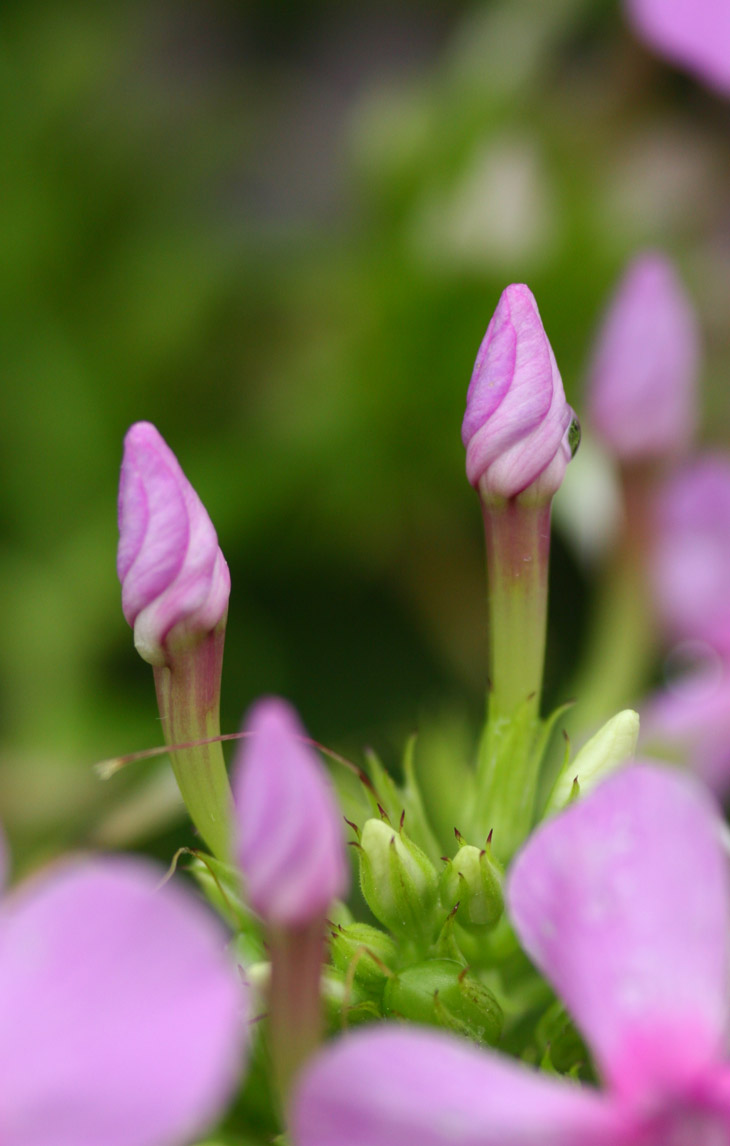
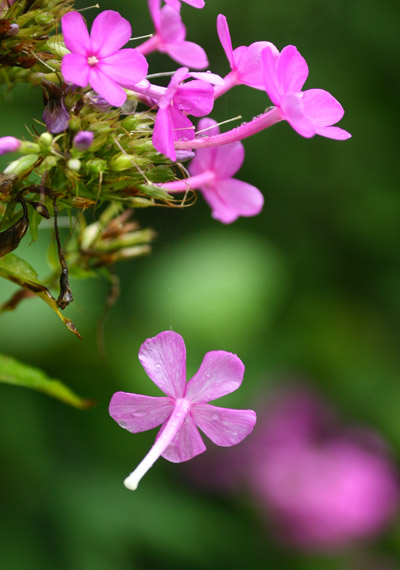 But to just get something up here, we’ll go back earlier in the year (and perhaps further) for a few images that I never did post when I got them. There’s no theme here, or much reasoning behind guilt and obligation to actually maintain content and remind people that yes, the blog is still active.
But to just get something up here, we’ll go back earlier in the year (and perhaps further) for a few images that I never did post when I got them. There’s no theme here, or much reasoning behind guilt and obligation to actually maintain content and remind people that yes, the blog is still active.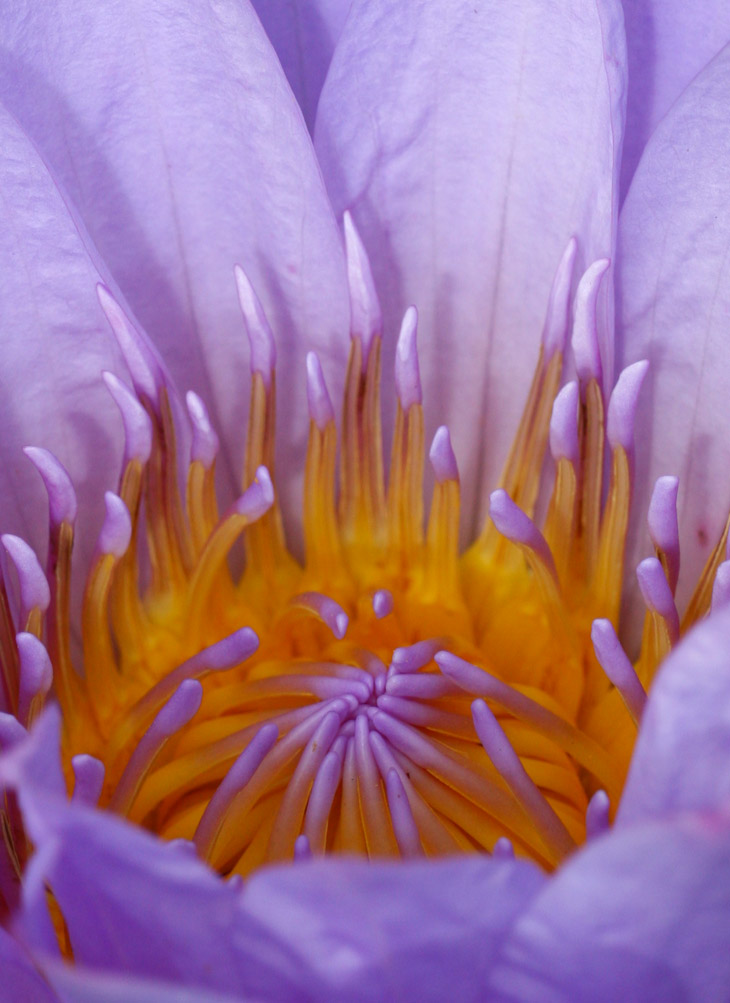

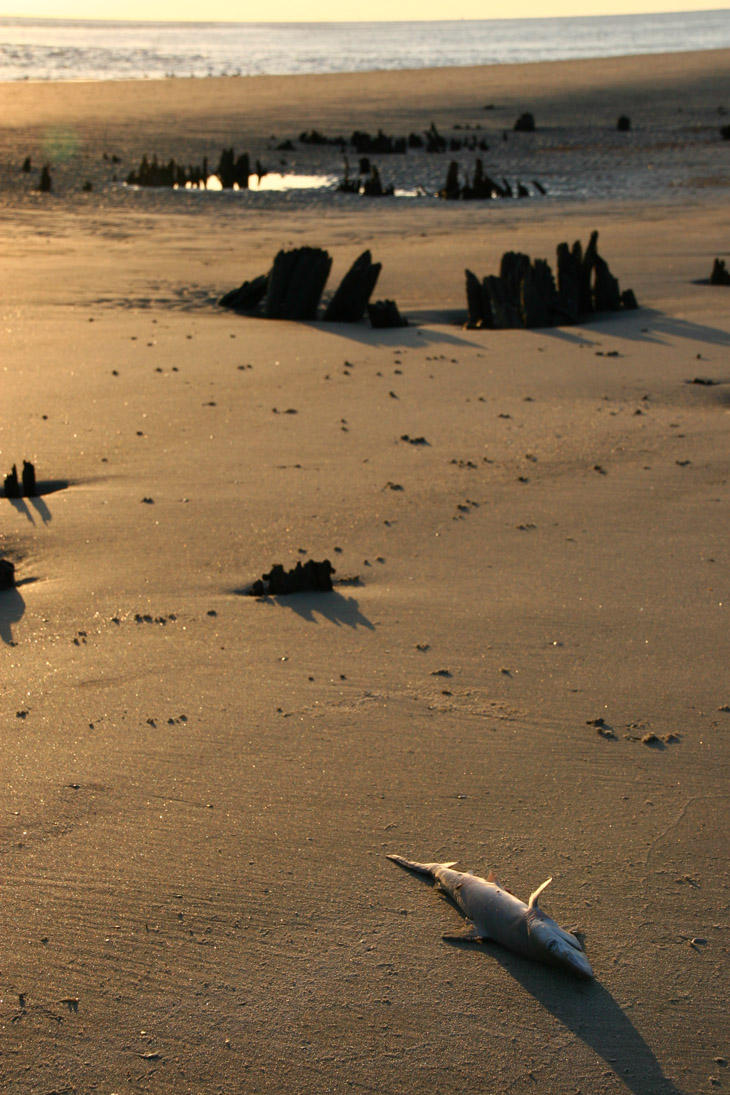




















































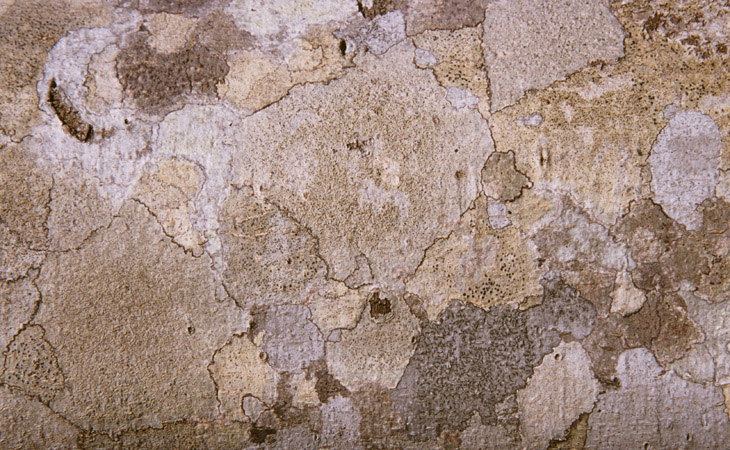

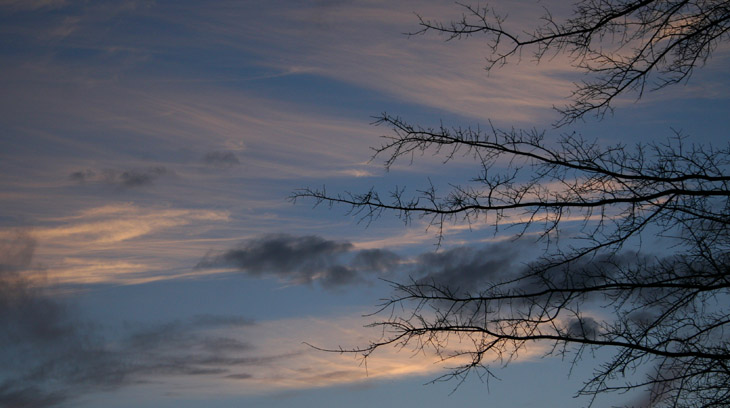
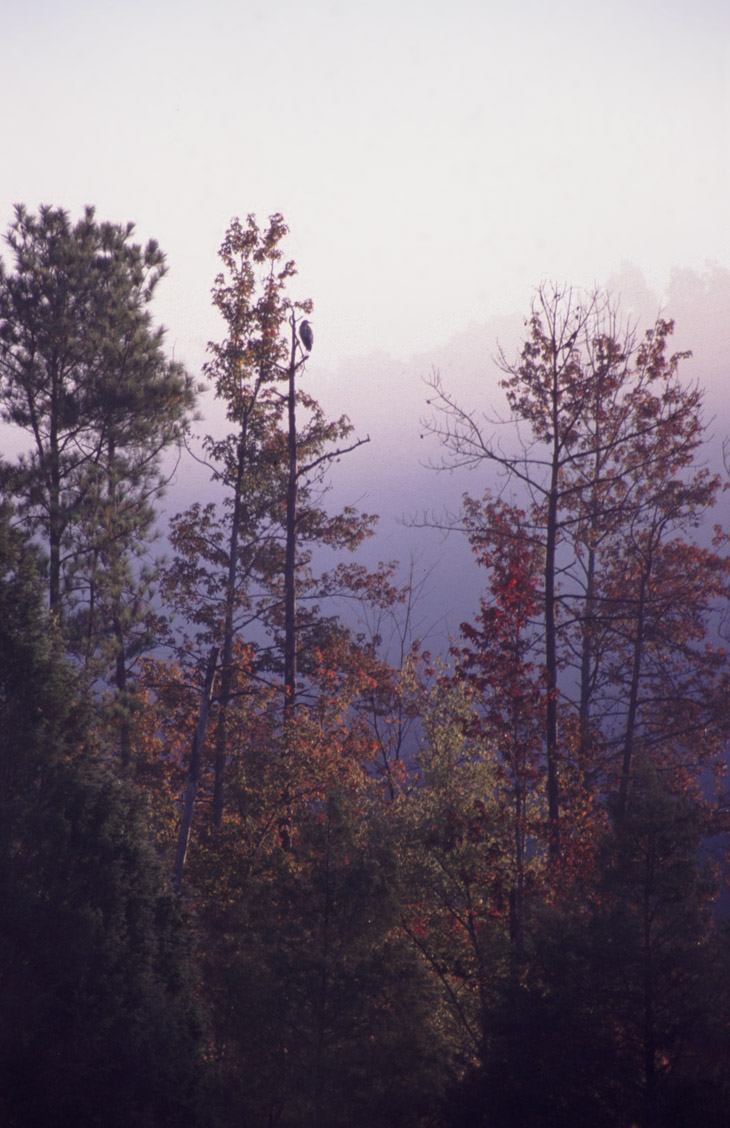
 Yesterday while the
Yesterday while the 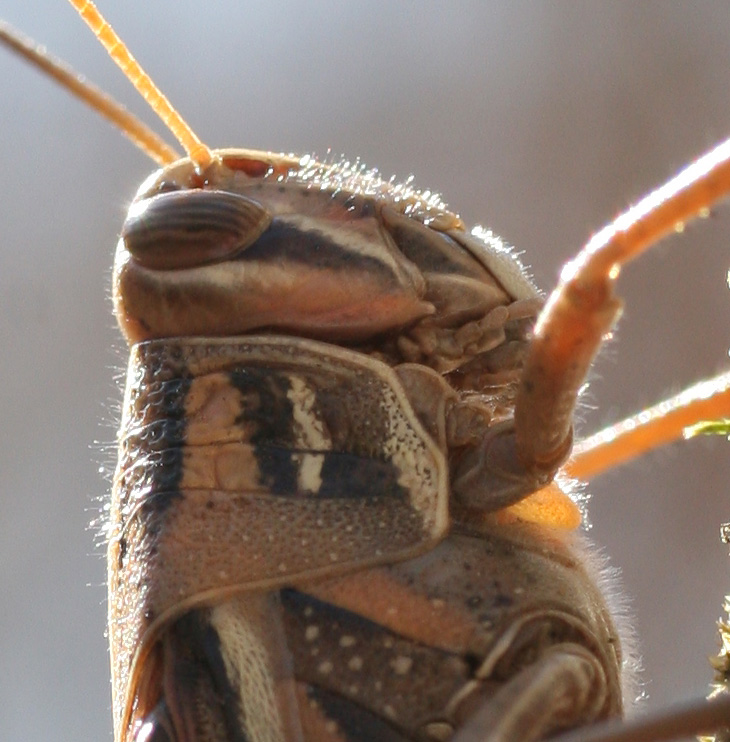
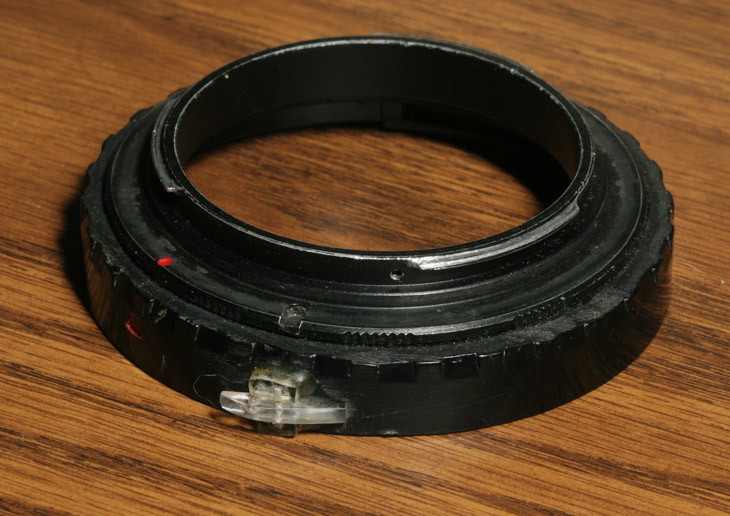

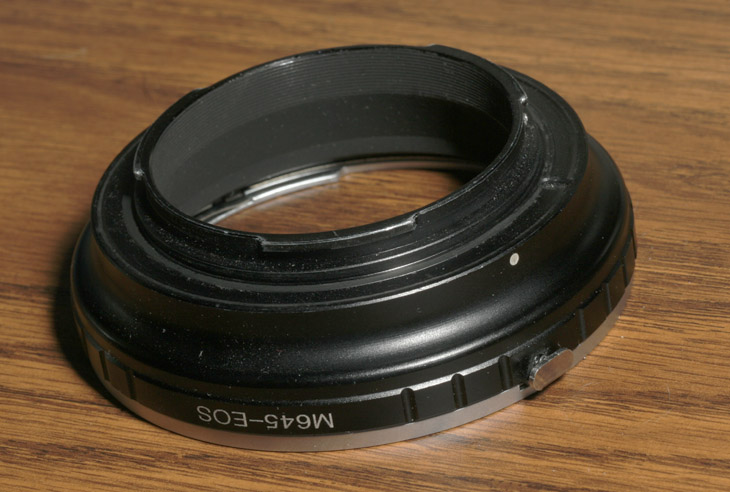
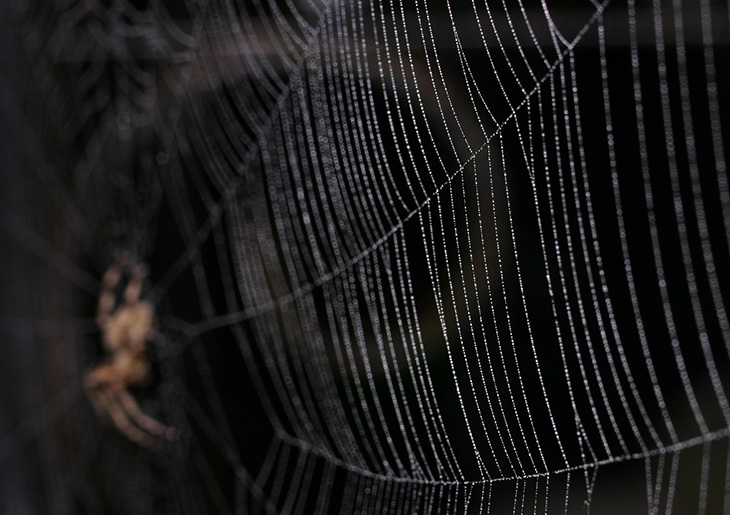
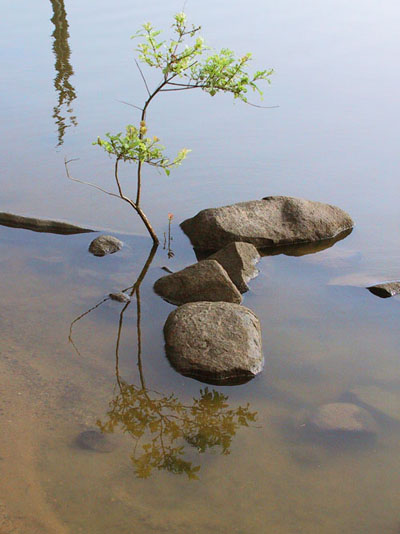 When we view the photos themselves, however, we tend to see most of the details. I suspect this is because, in the open world, there’s too many individual objects to pay attention to, and we pick the ones that our brains tell us are important. There’s also undoubtedly the visual aspect, most especially of depth perception, where we focus on something in particular and other things, out of focus, just don’t attract our attention. A photo is just one object, however, and we tend to think of it as ‘complete’ – what’s in there is intended to be in there and thus has some importance to the scene, mood, idea, whatever. Depth is flattened, with distance and separation between elements lessened or even eliminated, so background trees can easily blend into foreground bushes. It’s something that I warn my students about routinely.
When we view the photos themselves, however, we tend to see most of the details. I suspect this is because, in the open world, there’s too many individual objects to pay attention to, and we pick the ones that our brains tell us are important. There’s also undoubtedly the visual aspect, most especially of depth perception, where we focus on something in particular and other things, out of focus, just don’t attract our attention. A photo is just one object, however, and we tend to think of it as ‘complete’ – what’s in there is intended to be in there and thus has some importance to the scene, mood, idea, whatever. Depth is flattened, with distance and separation between elements lessened or even eliminated, so background trees can easily blend into foreground bushes. It’s something that I warn my students about routinely.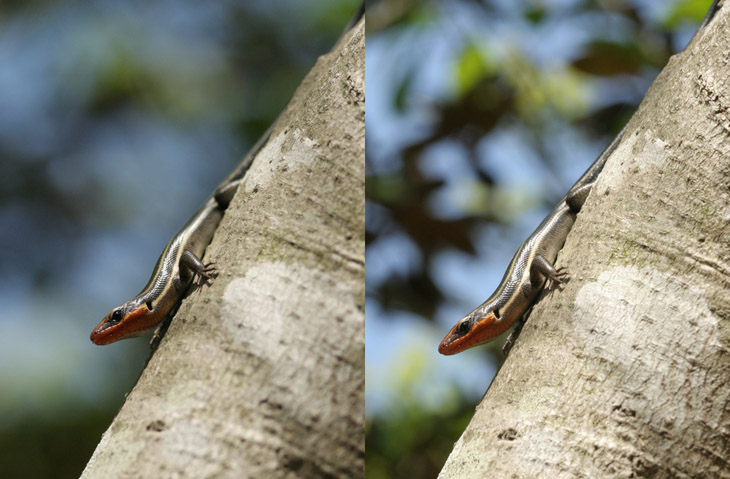
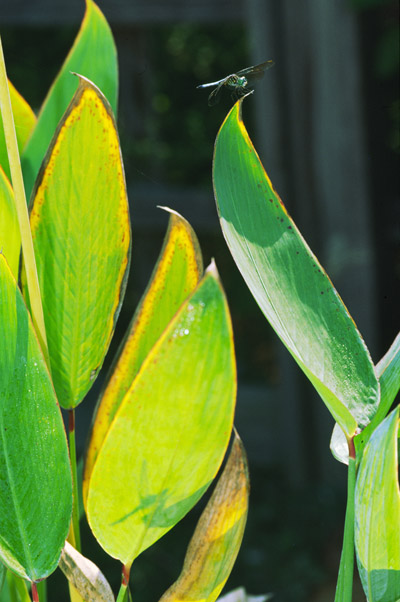 What’s more fun, though often challenging, is to capture subtle details that don’t immediately leap to the viewer’s eye, but can be found on closer examination – there’s a certain delight in the discovery, and a recognition of your efforts to put together a clever image. Initially you may miss these yourself, but over time you’ll develop an ability to notice small details, or realize that a different approach might yield something twice as interesting. In a lot of ways being able to see things that others miss is a mark of a creative photographer, and can make the difference between a nice photo and a captivating one. It also helps to know what kind of
What’s more fun, though often challenging, is to capture subtle details that don’t immediately leap to the viewer’s eye, but can be found on closer examination – there’s a certain delight in the discovery, and a recognition of your efforts to put together a clever image. Initially you may miss these yourself, but over time you’ll develop an ability to notice small details, or realize that a different approach might yield something twice as interesting. In a lot of ways being able to see things that others miss is a mark of a creative photographer, and can make the difference between a nice photo and a captivating one. It also helps to know what kind of 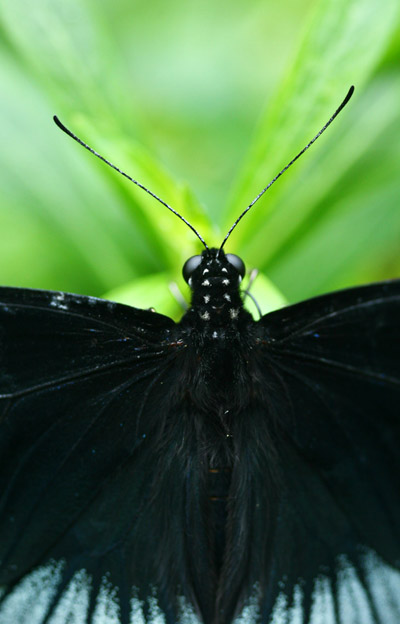 There’s also a knack to seeing a particular element – a certain shape, or a certain color, or just a specific object – and realizing that it would work best when composed with another element, such as a contrasting color or complementary shape, then seeing if this can actually be accomplished; a simple example would be a yellow flower with another color blossom offsetting it from the background, which could require a significant shift from a ‘normal’ position to line the two up, but the end result is magnitudes better than the flower among neighbors of the same color, which is what everyone else sees.
There’s also a knack to seeing a particular element – a certain shape, or a certain color, or just a specific object – and realizing that it would work best when composed with another element, such as a contrasting color or complementary shape, then seeing if this can actually be accomplished; a simple example would be a yellow flower with another color blossom offsetting it from the background, which could require a significant shift from a ‘normal’ position to line the two up, but the end result is magnitudes better than the flower among neighbors of the same color, which is what everyone else sees.
